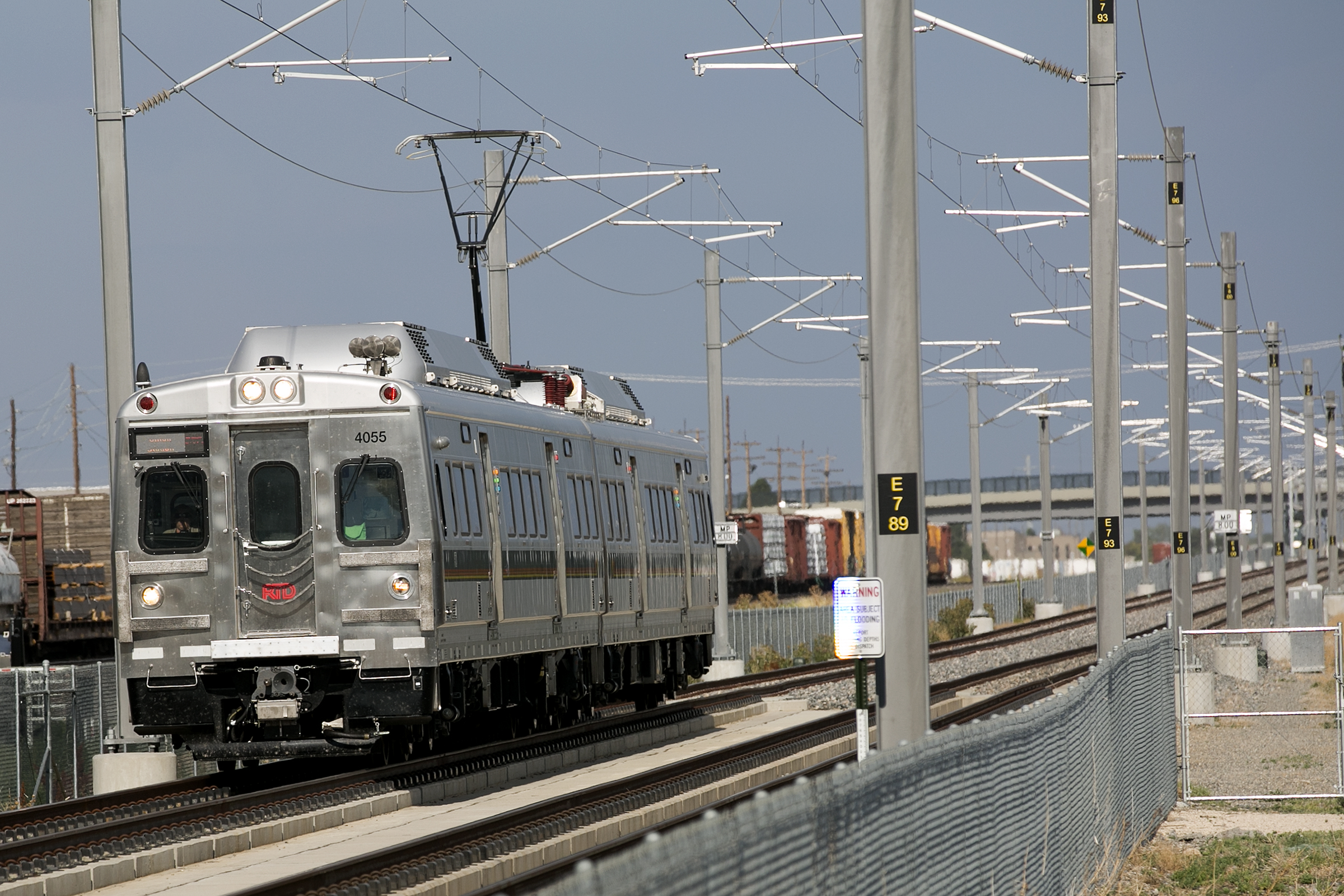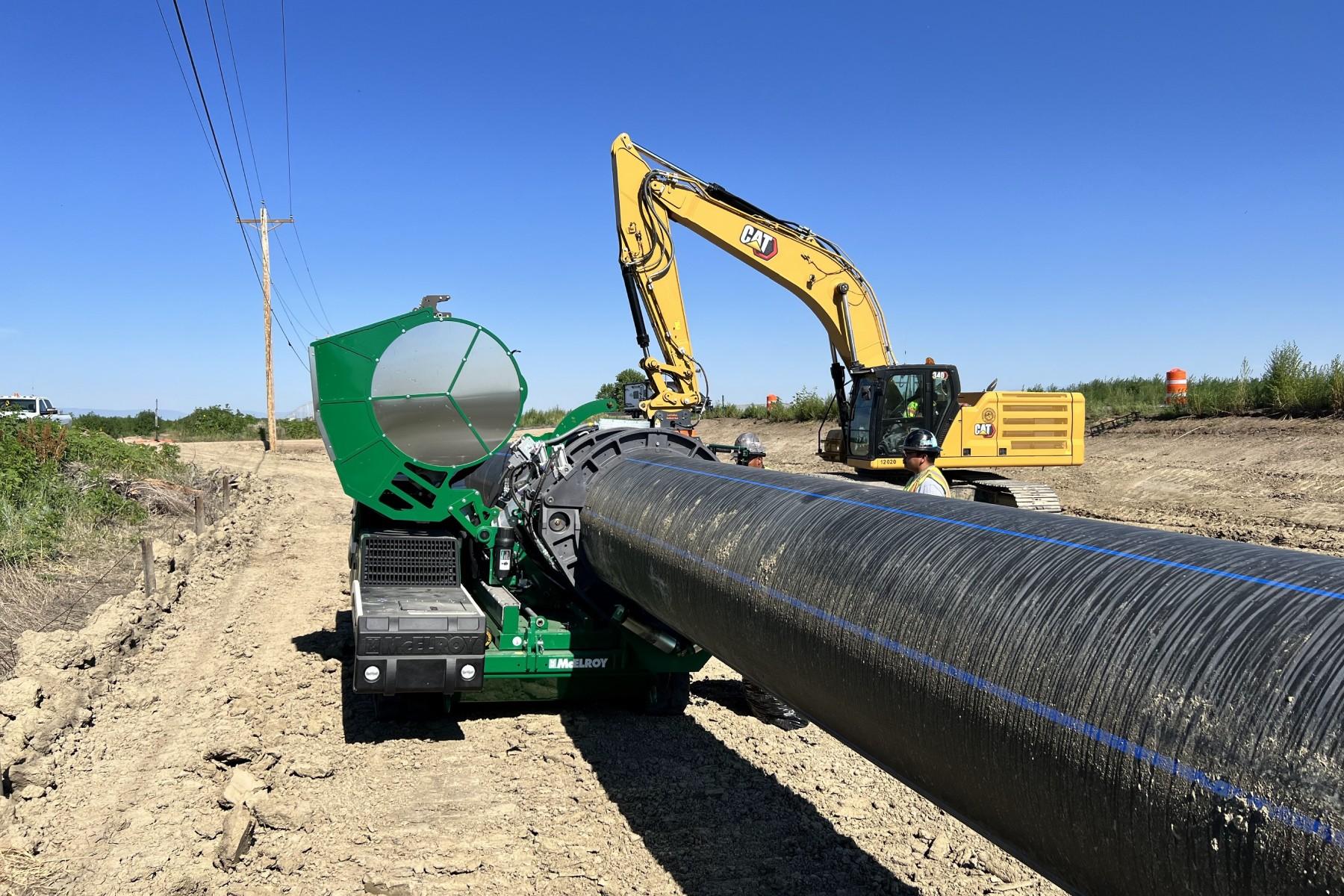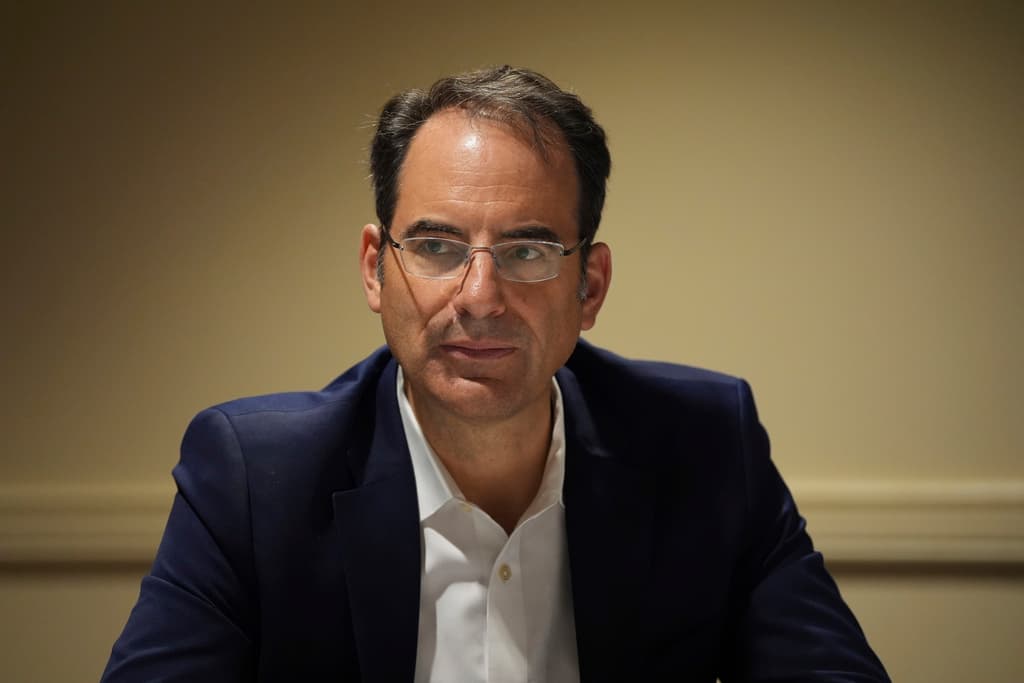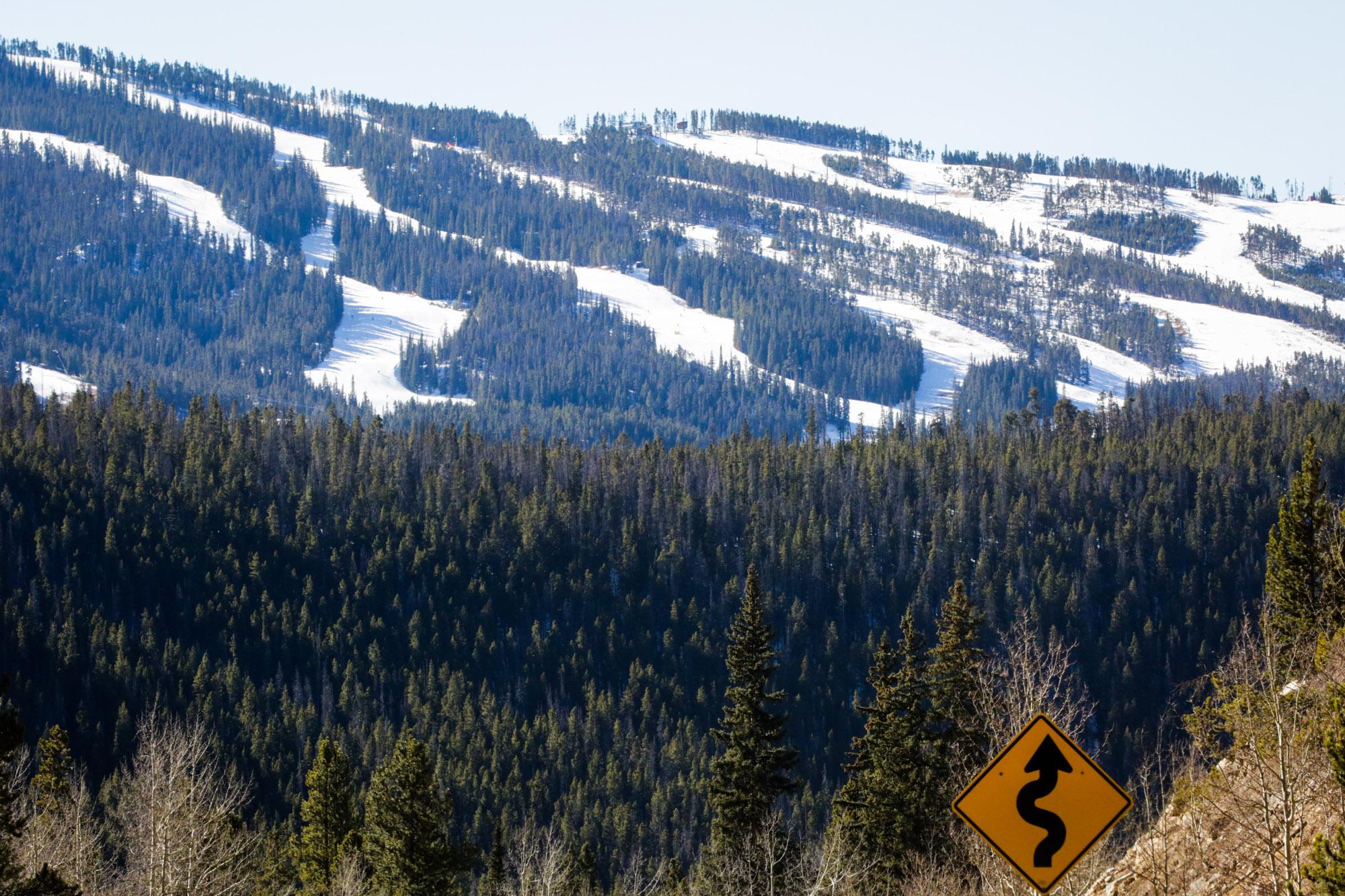
By some measures, the Regional Transportation District’s A Line to Denver International Airport has been a huge success since it opened in April 2016. It carries some 600,000 riders a month and it’s on-time rate is around 97 percent. So why, then, is the Federal Railroad Administration threatening to shut it down?
Here are answers to that and other questions we’ve received about RTD’s commuter train lines.
Why is the FRA threatening to shut down the A Line?
You’ve probably heard this before: it’s an issue with the crossing gates. Regulators say they sometimes come down earlier and stay down longer than they were designed to. That’s been happening since this line opened two and-a-half years ago. Back then RTD said it would be fixed in a few months, but clearly that has not happened.
Why did the FRA allow the line to open if there were issues?
RTD really, really wanted this line to open on time. They’d been advertising it all over town. But they knew the gates weren’t working properly. So a few weeks before opening day, RTD petitioned the federal government for an emergency waiver. They got it, but the FRA required flaggers to be stationed at each grade crossing. The FRA also required trains to blow their horns until the issue was resolved — they’ve been blaring for years now, much to the frustration of nearby residents.
Why haven’t the gates been fixed in the last 2.5 years?
There’s a fundamental disagreement over whether they need fixing. Federal rules require crossing gates to both work as they were designed to, and to provide at least 20 seconds of warning. In September 2017, RTD asked the FRA for another waiver, and requested another 20 seconds of “buffer time” beyond what the system’s design originally called for.
The FRA granted that waiver. But last month the FRA said their tests showed the crossing gate system was not consistently meeting the standard laid out in the waiver. The contractor that built and operates the line, Denver Transit Partners, said in a legal filing that their system is working as it should — even if it doesn’t meet the waiver requirements.
“Contrary to FRA’s apparent view, the RTD warning system is not designed to produce warning times within the narrow -5/+15 window reflected in the waiver, 100 percent of the time, across the hundreds of thousands of activations per year. No system can perform with such invariability,” DTP wrote.
But the FRA enforces the rules, so their opinion is what really matters here.
What’s so different about the A Line’s crossing gates? Haven’t crossing gates been around forever?
Yes, train crossings have existed for a long, long time. But there are some new wrinkles here. In 2008, a commuter train collided with a freight train in Chatsworth, Calif., killing 25 people. So Congress passed a law raising the standards for how commuter and freight rails operate. The new standard is called Positive Train Control, and it’s supposed to help prevent accidents by connecting the entire system — a command center, wayside buildings, crossings, trains, etc. Think of it as going from a rotary telephone to a smartphone.
If an operator is going too fast, for example, the command center can take over and slow the train down remotely. Railroads, to varying degrees of success, have been implementing different types of systems over the last decade that would meet this standard. The A Line is the first commuter rail line in the country to build a Positive Train Control-compliant signaling system from scratch. Everyone else is retrofitting. So RTD and their contractor are unfortunate pioneers.
About that contractor — why are they involved? Why doesn’t RTD just run the train themselves?
Money is the big reason. In 2004, voters raised taxes on themselves so RTD could build out light rail, commuter rail and bus rapid transit in a plan called Fastracks. But then it hit a few big snags before long.
What were those?
- The recession hit in 2008 and sales tax revenue took a dive.
- Construction costs went way up.
- And another deadly train accident, this one in 2005, convinced freight railroads — which own a lot of right of way — to backtrack on a plan to let RTD use their tracks.
It was unclear whether the airport train would be built at this point. But then in 2010, RTD signed a contract with Denver Transit Partners, a private company, to build and operate the train lines.
What’s the benefit to that?
It shifted a lot of the upfront costs to the contractor. The private company, Denver Transit Partners, built the line and operates it for a monthly fee from RTD. The two parties were in lock step until a fight over millions of dollars split them apart. RTD has threatened to fire the contractor, but then they’d have to run it themselves. RTD doesn’t yet have the staff to operate commuter rail lines directly.
RTD has had trains for decades. Why is the A Line different?
The A Line, the B Line to Westminster and the G Line to Arvada and Wheat Ridge are commuter rail lines. They’re much heavier than the white light rail trains that have criss-crossed the metro area for decades — and they have to meet a different set of rules.
Why didn’t RTD just build more light rail?
Commuter rail is cheaper and faster. And the freight rail lines won’t let RTD use light rail cars in their corridors, such as the A Line route along Smith Road.
Why are there so many crossings along that route?
RTD decided the Smith Road freight corridor was the best choice, and the route happened to include about a dozen at-grade crossings. At-grade crossings are cheaper than building a bridge or digging a tunnel.
Can you trust it to get to the airport on time?
The numbers say so. RTD says its on-time performance rate is 97 percent. Of course, if it goes wrong, the stakes are higher. You might get stuck out on a bridge, as happened in April 2018. If a bus were to break down, you could probably just get off.
What’s the status of the G Line to Arvada and Wheat Ridge?
The FRA last month shot down RTD's request to open it. They say tests need to go better.
“FRA encourages RTD and its partners to act with a sense of urgency to address these significant ongoing safety concerns,” wrote Robert Lauby, the FRA’s associate administrator for railroad safety and chief safety officer.
Editor's Note: An earlier version of this story said there was an at-grade crossing at Peoria Street. That crossing is grade separated.








